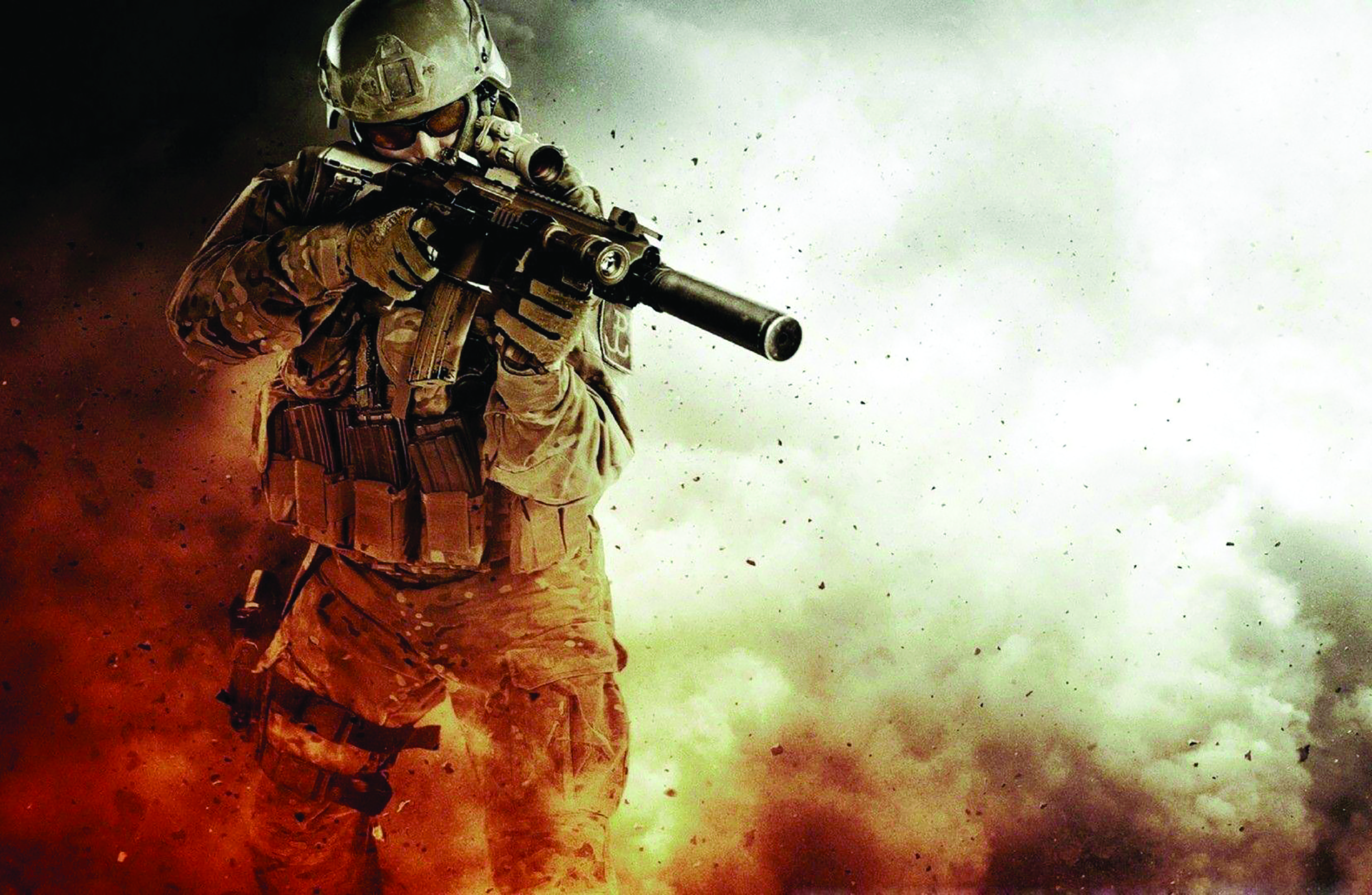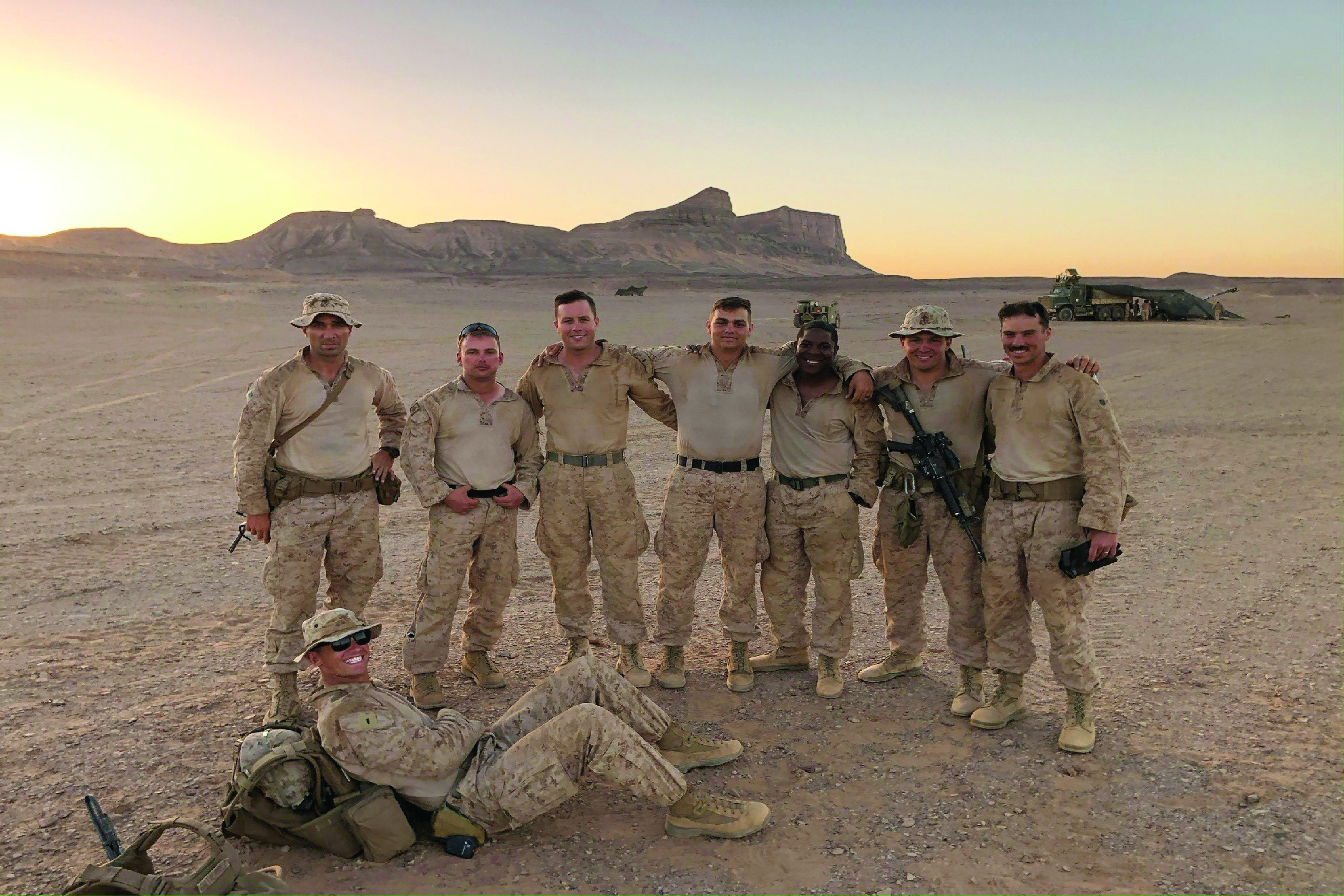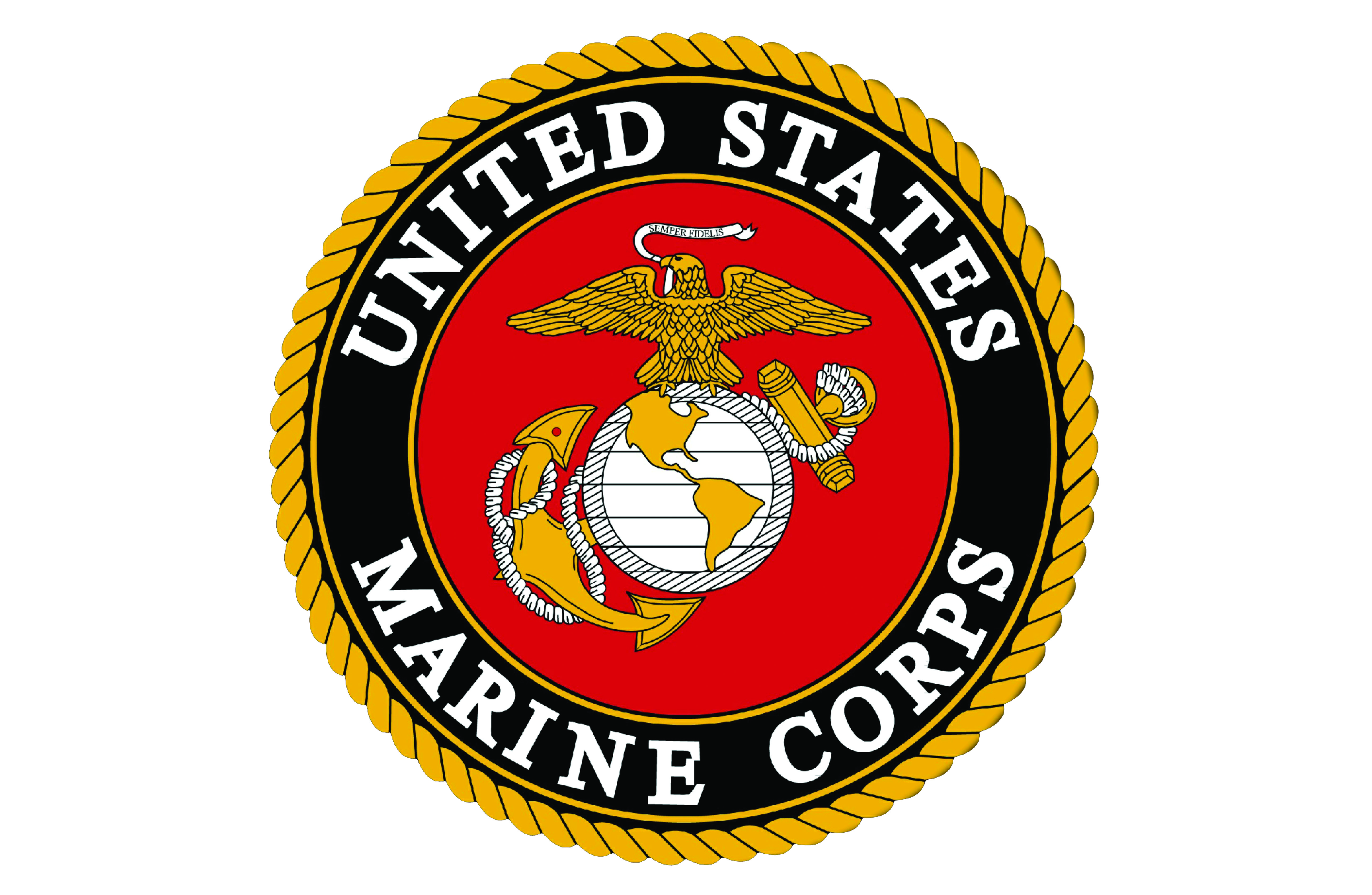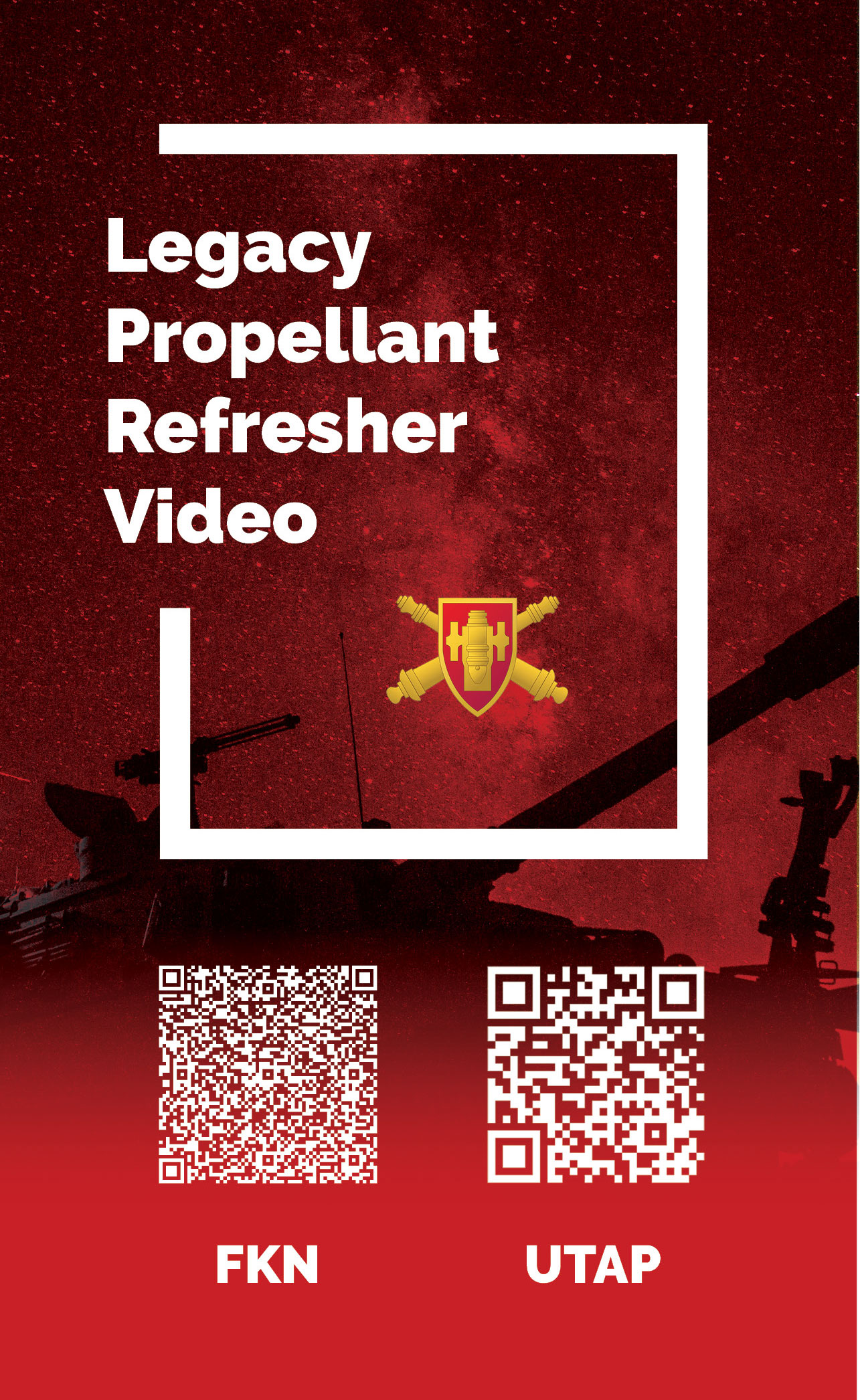Culture, Training and the Marine Corps Combat Evaluation
By CPT Quenten C. Hare
Article published on: March 1, 2024 in Field Artillery 2024 Issue 1
Read Time: < 8 mins

As an artillery captain looking forward to battery command there is one big question that comes up for me daily,
“Will I be able to prioritize training and individual Marine development over administrative tasks?”
There is a way to accomplish this though and I see it occurring in three parts: 1) Building a cultureof wanting
to train for combat operations, 2)Changing the way the Marine Corps Artillery Battalion employs its batteries in
support ofdivision operations, and 3) Using the Regimental Artillery Training School through the Marine Corps
Combat Readiness Evaluation (MCCRE) as a proof source for training standard attainment.
A Winning Culture
Building winning culture begins with remembering that every day is a tryout and only the top performers will play
on game day. Marines and artillerymen alike joined to be challenged. As leaders we have every obligation to show
them what success looks like then bring them to their human limits in an attempt to obtain that success.
Marine Artillery is great at giving you all the tools you need to build a strong culture. Marines want three
things, field time with their gun sections, a high number of rounds fired safely and a no fail mission that they
continually take pride in accomplishing. Ground fighting on the gun line, drinking a beer at Fiddler’s
Green, sharing in the rum punch during St. Babs and taking a shot from the swab bucket all come from the three
things Marines want.
They want the field time to ground fight and take a shot from the swab bucket. They want the feeling of
continuously accomplishing a no fail mission ensuring that St. Babs has cause for celebrations. Ultimately, they
want to put rounds on target because we earn our way to Fiddler’s Green, first through the mud on Fort
Sill and finally anywhere Field Artillery is fired. It’s not hard to build a culture, we just need to
prioritize the training we need with the things Redlegs want.

Battery E in the Kingdom of Saudi Arabia.
The Battery and The Division
What if Field Artillery wasn’t an infantry training aid? What if artillerymen went to the field to train
for artillery training and readiness (T&Rs) and the division had a way to support an infantry T&R
without reducing the effectiveness of a battery’s training evolution? One of the hardest things to deal
with is losing momentum in training by taking a training week off the training, exercise and employment plan
(TEEP) to conduct a tactical air control party (TACP) or a unit deployment program (UDP) battalion’s
MCCRE. When I was last there 10th Marines’ two battalions had set deployment cycles. If you were in the
UDP battalion your battery would likely get a six month rotation to Japan. If you were in the Marine
Expeditionary Unit (MEU) battalion you had a 1/4 chance of getting a MEU. Not great odds.
Although the MEU is the historic Marine Corps deployment, going to a UDP battalion would ensure you experienced
the full cycle of the Combat Arms Marine or Tuckman’s team building cycle. Experiencing the full gamut of
checking into a unit, conducting a work up, passing a MCCRE, deploying, redeploying home, executing a mess night
and departing for a new battery or rising in billet in rank are paramount to a young Marines’development.
So important that it’s the heart of Gen. Neller’s last birthday ball message (watch it again, in 12
years of Marine Corps birthday balls that one hit home the hardest for me). Not only does the UDP battalion
ensure that you go through that cycle it potentially guarantees you go through it twice during your lieutenant
time.

The SNCOs and Officers of Battery E in the Kingdom of Saudi Arabia.
How does a TACP shoot or a UDP MCCRE affect each battalion? Unit deployment program batteries deploy to Japan to
attach to 12th Marines, an artillery regiment. We owe it to United States Indo-Pacific Command (INDOPACOM) to
send them the best trained artillerymen that we can. Losing a week of training to shoot 40 rounds at a TACP
shoot or 25 rounds during an infantry battalion’s UDP MCCRE is not time well spent. Likewise these events
take from the MEU battery’s ability to detach from their parent unit early and attach to the Battalion
Landing Team (BLT) as soon as possible. During both of those events you can view artillery as a training aid to
someone else. Doing the math, rounds fired divided by time allotted likely equals a low return on a training
investment.
So what? There are likely two batteries in the MEU battalion with little on their TEEP besides Rolling Thunder,
the biannual regimental firing exercise. Take one battery and for 12 calendar months assign it as the division
training aid. That battery wasn’t deploying anyway and they still need to fire rounds to stay proficient.
Allot them a significant amount of the ammo for the year for battery level training and encourage that battery
commander get after it but their primary mission is accurate, effective and reliable fires in support of TACP,
independent battalion MCCREs and any artillery mission taking from the pre-deployment training (PTP) Those
Marines may not be able to take pride in the fact that they’re going to be the pointed edge of the spear
for a year but they can take ownership of what artillerymen take pride in. Field time with their gun sections, a
high number of rounds fired safely and a no fail mission that they continually take pride in accomplishing.
Marine Corps Combat Readiness Evaluation
The Marine Corps Combat Readiness Evaluation is one of the Marine Corps’ best tools for training standard
attainment evaluation. It absolutely is and I believe that. 2ndLt Hare reported to Battery E, 2nd Battalion 10th
Marines right after it was slated to attach to Battalion Landing Team 1/8. We experienced one MCCRE before we
attached to 1/8 and that was the 10th Marines Artillery Training School MCCRE and the revitalized
professionalism of the evaluation had just begun. Under the direction of the Regiment Field Artillery Chief,
MGySgt a former Battery Gunnery Sergeant of E/2/10, he took the MCCRE from its previous check in the box to a
high stress evaluation that took Marines to the edge of their artillery knowledge and challenged their ability
to overcome human factors. If you’ve ever been a part of 10th Marines in Camp Lejeune you know what
it’s like to throw rounds in the breech, security patrols and dig the crew serves in while covered in the
newest worst heat rash you’ve ever had. The MCCRE did two things for the battery, 1) it tested our ability
to fight like artillery and meet T&R standards and 2) it solidified an important piece of Marine Corps and
Field Artillery culture.
The MCCRE is, and should be, the regiment’s last opportunity to ensure Marines are training to the required
standard. 10th Marines did this at gunpoint. The influential comment our battery commander made to the officers
of the battery before we pulled out of the motor pool was “We’ve trained the Marines hard and
they’re ready for this. They will knock it out of the park or 2/10 will find new officers that will train
them to.” I’m sure there are many ways to take that comment. In the warrior culture we all find
ourselves in, I believe the appropriate way is as a reminder that everyday is a tryout and only the top
performers will play on game day. Looking back I am confident the battalion commander would not have relieved
all his officers if we failed. I don’t think. Either way we burned the ships and walked into the MCCRE as
if we were going to combat. After we completed the MCCRE MGySgt told the battery how we fared. The cheers from
the dirt mired faces of the Marines were deafening. Hearing from a Battery E alumni that he’d go to combat
with us was all we needed to hear before detaching from 2/10 and attaching to 1/8.

Unfortunately the infantry and artillery can have a strained relationship from time to time. Checking into 1/8
after its MCCRE put us in the same position we would have put any Marine that joined our battery after our
MCCRE. “You missed the hard part,” or something to that effect would likely echo through the
barracks. I don’t have the perfect answer to mending that relationship. I do see the value in shared
experiences and that experience comes in joining 1/8 earlier in the pre-deployment training pipeline. If the
MCCRE is going to evaluate the overall combat effectiveness of the battalion they have all of the assets that
will be available to you on the MEU actively employed on the infantry MCCRE may begin to bridge that gap.
I’d venture to say that the bedrock of combat perations is trust and confidence. That needs to develop
significantly earlier than at the gates. If the first BLT event occurs five weeks before your first at sea time
the new battalion commander likely hasn’t developed much trust in the ability and fidelity of the newly
attached battery.
Rounds Complete
The firing battery and every level of leadership above it all agree that training for Large-ScaleCombat
Operations (LSCO) is the goal. Training for combat operations during peacetime is a combination of resource
allocation and culture. Marines need to be bought into the training and battery level leaders own that mission.
Resource allocation is a cooperative mission owned by higher level leaders and the battery, with time being one
of our greatest assets.
Author
CPT Quenten C. Hare served as the Fire Direction Officer and Assistant Executive Officer with Battery E, 2nd
Battalion 10th Marines and while attached to Battalion Landing Team 1/8 in support of the 24th Marine
Expeditionary Unit. During his tenure in Battery E they supported BLT 1/8 in the Afghanistan Evacuation in
August 2021. He currently serves as the Officer Selection Officer for Central Pennsylvania.
